- Home
- About Us
- TSPT Academy
- Online Courses
-
Resources
- Newsletter
- Business Minded Sports Physio Podcast
- Day in the Life of a Sports PT
- Residency Corner
-
Special Tests
>
-
Cervical Spine
>
- Alar Ligament Test
- Bakody's Sign
- Cervical Distraction Test
- Cervical Rotation Lateral Flexion Test
- Craniocervical Flexion Test (CCFT)
- Deep Neck Flexor Endurance Test
- Posterior-Anterior Segmental Mobility
- Segmental Mobility
- Sharp-Purser Test
- Spurling's Maneuver
- Transverse Ligament Test
- ULNT - Median
- ULNT - Radial
- ULNT - Ulnar
- Vertebral Artery Test
- Thoracic Spine >
-
Lumbar Spine/Sacroiliac Joint
>
- Active Sit-Up Test
- Alternate Gillet Test
- Crossed Straight Leg Raise Test
- Extensor Endurance Test
- FABER Test
- Fortin's Sign
- Gaenslen Test
- Gillet Test
- Gower's Sign
- Lumbar Quadrant Test
- POSH Test
- Posteroanterior Mobility
- Prone Knee Bend Test
- Prone Instability Test
- Resisted Abduction Test
- Sacral Clearing Test
- Seated Forward Flexion Test
- SIJ Compression/Distraction Test
- Slump Test
- Sphinx Test
- Spine Rotators & Multifidus Test
- Squish Test
- Standing Forward Flexion Test
- Straight Leg Raise Test
- Supine to Long Sit Test
-
Shoulder
>
- Active Compression Test
- Anterior Apprehension
- Biceps Load Test II
- Drop Arm Sign
- External Rotation Lag Sign
- Hawkins-Kennedy Impingement Sign
- Horizontal Adduction Test
- Internal Rotation Lag Sign
- Jobe Test
- Ludington's Test
- Neer Test
- Painful Arc Sign
- Pronated Load Test
- Resisted Supination External Rotation Test
- Speed's Test
- Posterior Apprehension
- Sulcus Sign
- Thoracic Outlet Tests >
- Yergason's Test
- Elbow >
- Wrist/Hand >
- Hip >
- Knee >
- Foot/Ankle >
-
Cervical Spine
>
- I want Financial Freedom
- I want Professional Growth
- I want Clinical Mastery
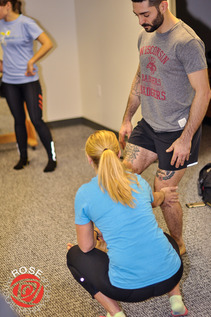 A couple weeks ago I was evaluating someone with low back and groin pain. I did my usual systematic examination that included various mobility and strength measurements. I was surprised to find the patient had MMT (Manual Muscle Test) strength of 2+/5 in her gluteus maximus bilaterally. The patient was in her mid-20's, an avid rock climber, and had reported doing clamshells for strengthening regularly. The patient immediately showed a positive response to approximately 20 repetitions of repeated lumbar sideglides. While her pain wasn't 100% improved, I thought it would be interesting to reassess her gluteus maximus strength. Without doing any strengthening exercises, the patient's strength improved to 3+/5 on her MMT. This finding brings several different thoughts to mind. The most significant finding is likely just how interconnected the neuromuscular system is. We are all taught in exercise physiology classes that the first 6 weeks of strengthening exercises has a neural impact, before hypertrophy can occur. What stands out to me is just how quickly the MMT findings can change. Just as pain and mobility can quickly change in rapid responders, so can strength. What we should be asking ourselves at this point is what does the MMT actually tell us? What role do strengthening exercises play? It's very possible that the strength deficits we find in many of our patients are at least partially secondary to decreased neural input. If you remember some of our previous discussions on double crush syndrome, decreased neural flow proximally (in a potentially non-painful area) can make nerves more susceptible to injury distally. For example, a patient may lack lumbar mobility, decreasing the axoplasmic flow, which can then decrease the axoplasmic flow to certain muscle, thus appearing “weak.” This is a perfect example of why we must always check the spine systematically. The muscle might not actually be “weak!” It may just be suffering from double crush syndrome. There are several ways we can address this: manipulation/mobilization, IASTM, repeated motions, and exercise. General strengthening exercises may take the longest as it does not directly solve the “double crush” phenomena. By working on the mobility deficits, we can improve the neural input that may alter our strength measurement findings. I am not saying there isn't a role for strengthening exercises. There are definitely examples of true strength deficits that require strengthening exercises. Even in rapid responders, they can play a role. Think of it similar to IASTM. We are stimulating the affected nerves peripherally which can improve the neural input. The strengthening exercises can also work to truly improve strength. The best approach is likely an eclectic approach. -Chris Like this post? For more advanced information, join the Insider Access Page now! Also, check out similar previous posts below:
3 Comments
chad
6/27/2015 07:35:57 am
Hey Chris, awesome patient case here. It is interesting to see how a repeated motion in the spine can change strength so quickly. I have definitely changed my eval style to always attempt to rule out the spine as the potential source of "dysfunction". I am just curious, did you decide to perform spinal side glides as they presented as the patient's directional preference, or were you simply looking for a cause and effect based on this repeated motion? Did her pain resolve or change at all? Just curious how you used that as a provisional intervention. No criticisms here, these are great ways of using critical thinking in our evals rather then "do clams and see what happens"
Reply
Hi Chad,
Reply
7/20/2023 11:54:29 am
Sue Ann Bowling, a remarkable woman, excels in literature and academia. As a talented writer, she crafted captivating books like Homecoming, Tourist Trap, and the Parallax series, earning critical acclaim and devoted fans. Besides, she owns Essay-Reviews.com, aiding students and scholars with valuable resources for academic writing. Her impact spans both literary and academic communities.
Reply
Leave a Reply. |
Dr. Brian Schwabe's NEW Book in partner with PaleoHacks!
Learn residency-level content on our
Insider Access pages We value quality PT education & CEU's. Click the MedBridge logo below for TSPT savings!Archives
July 2019
Categories
All
|

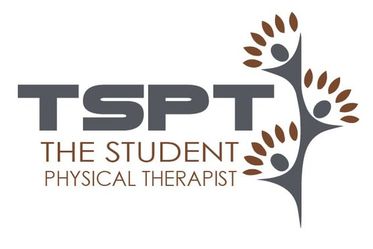
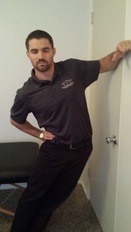
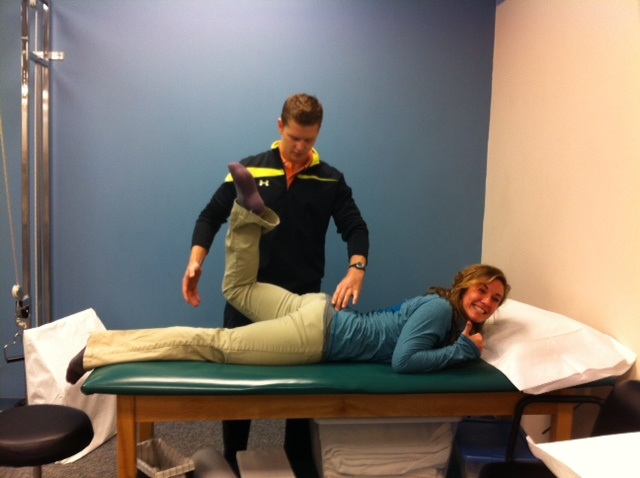
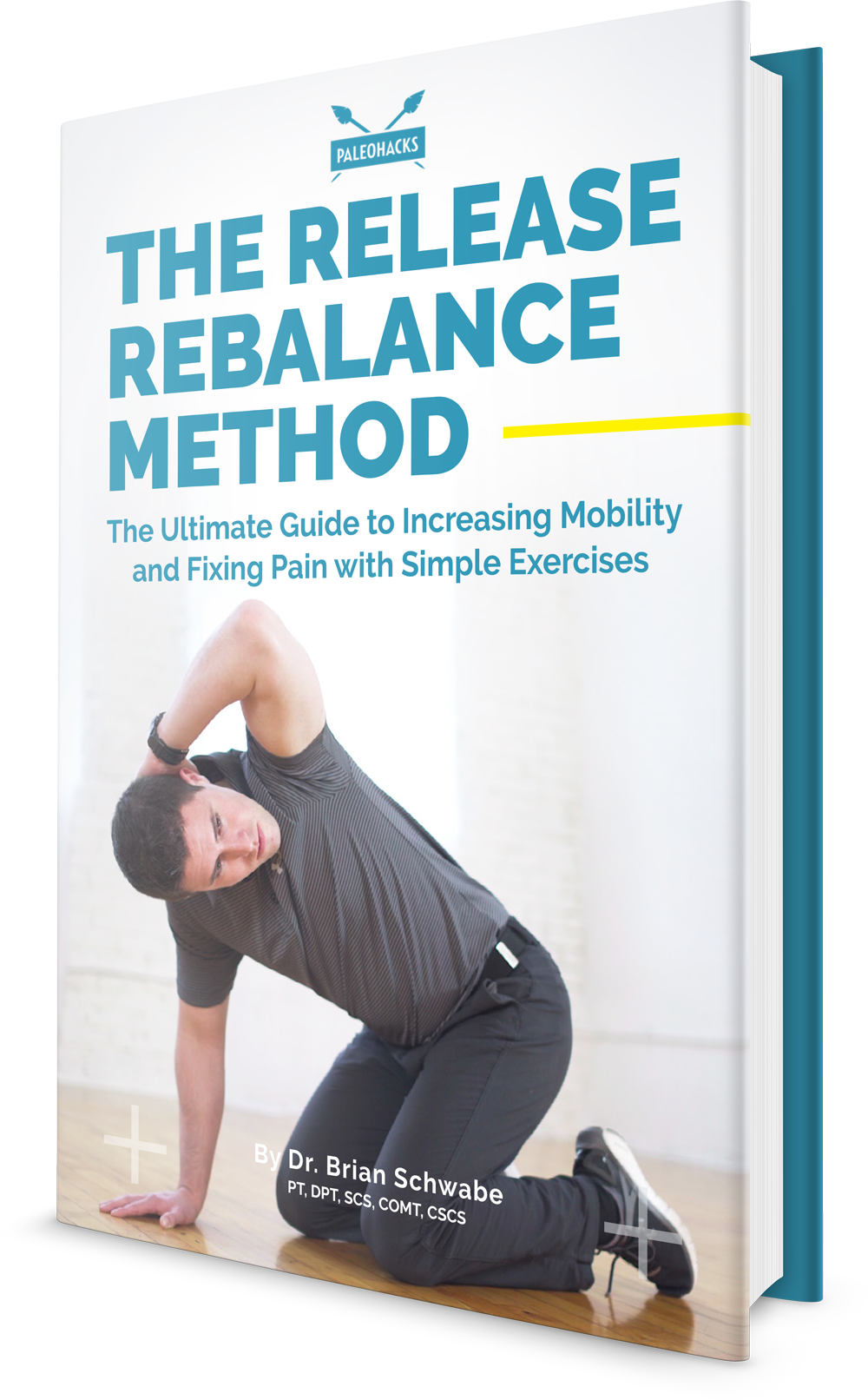
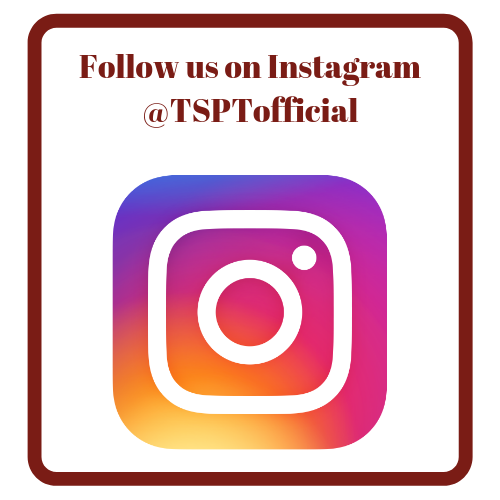


 RSS Feed
RSS Feed